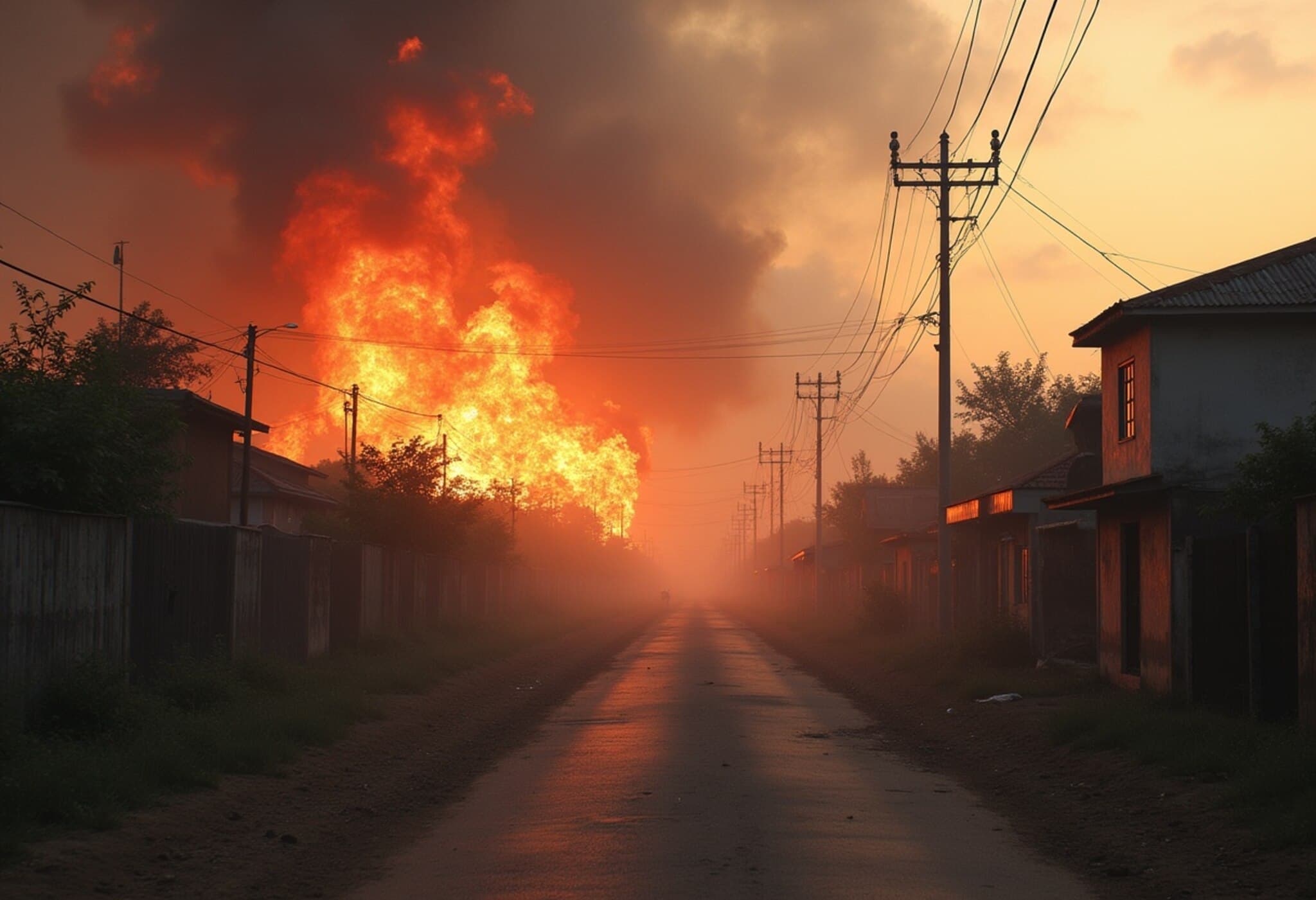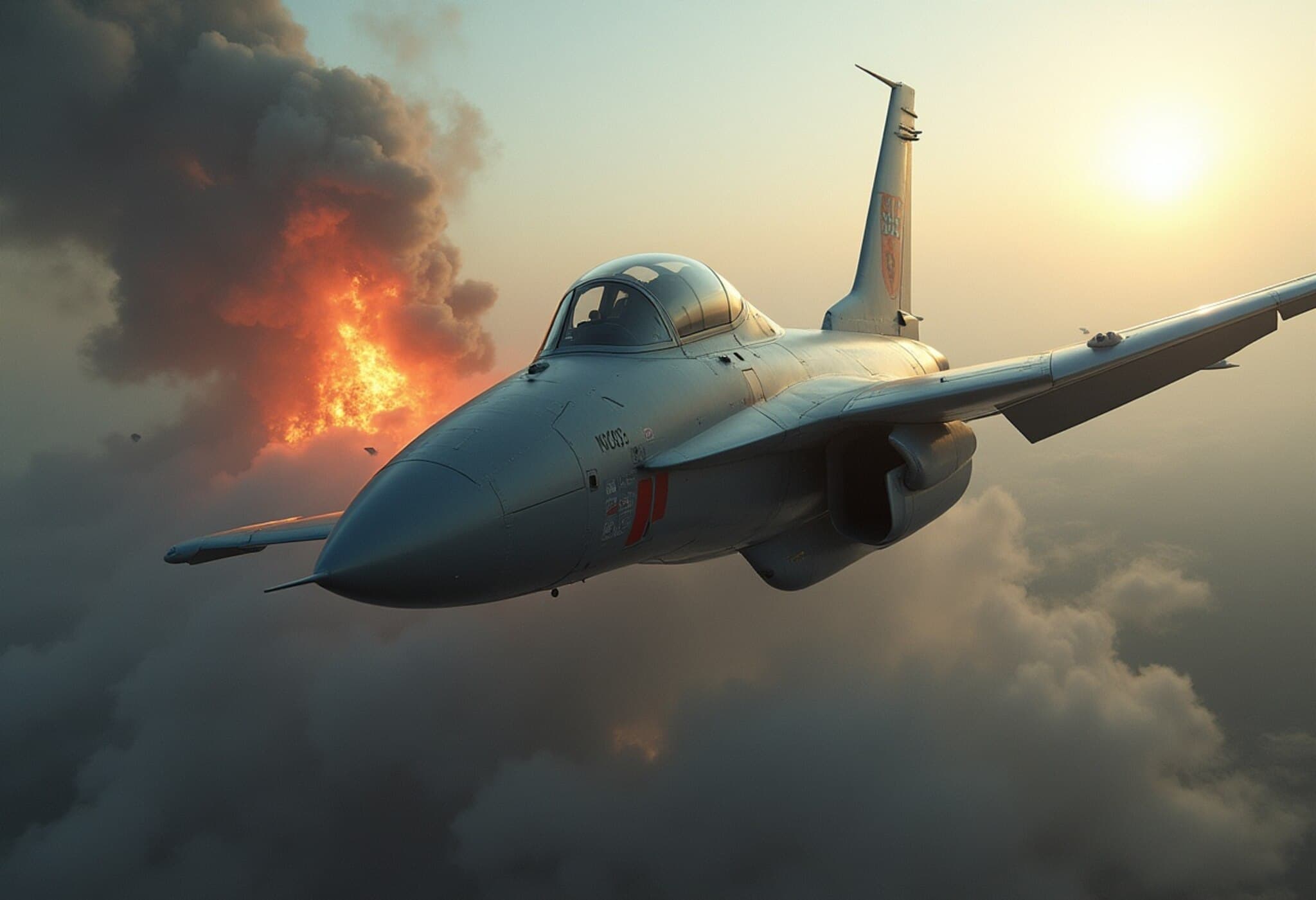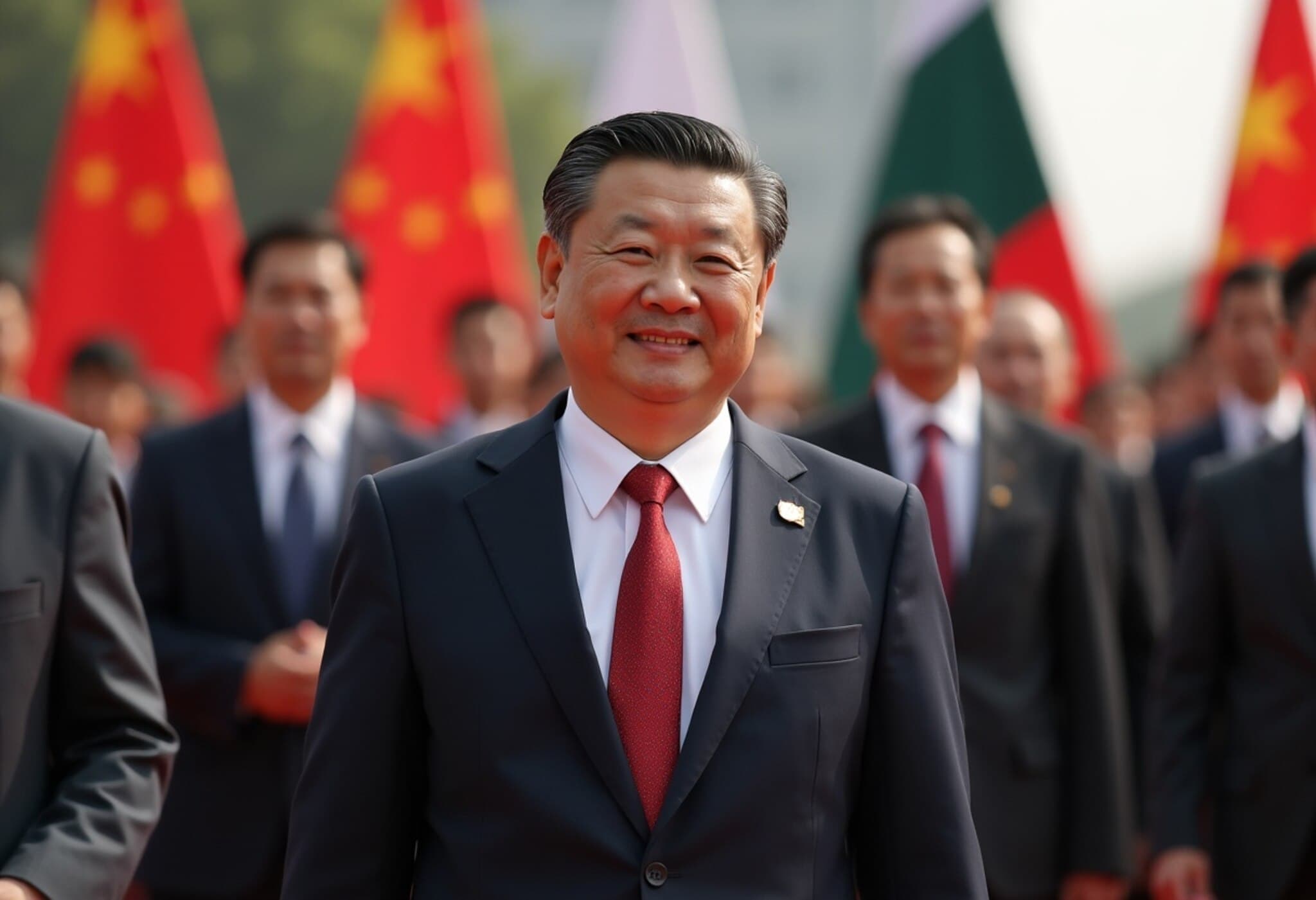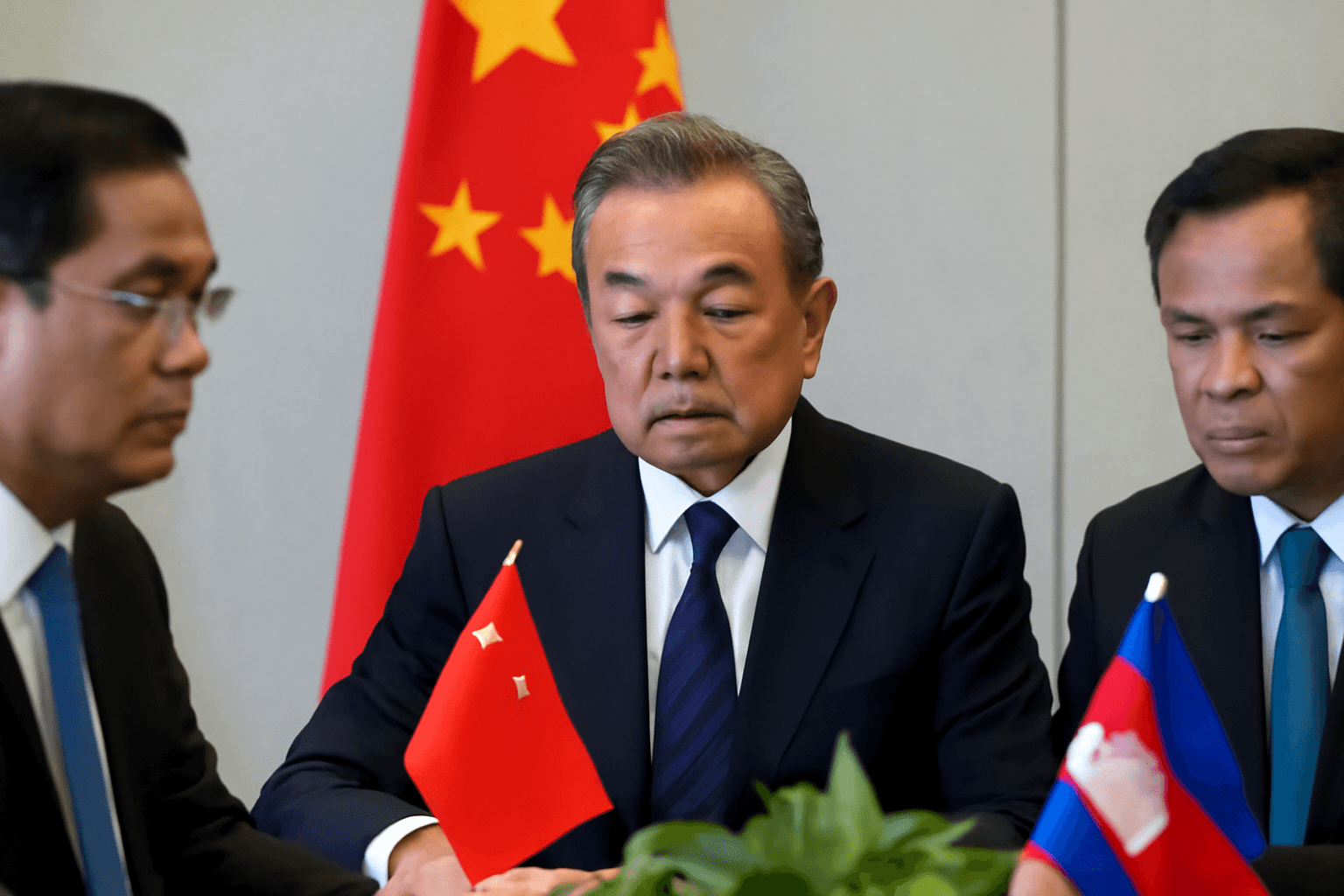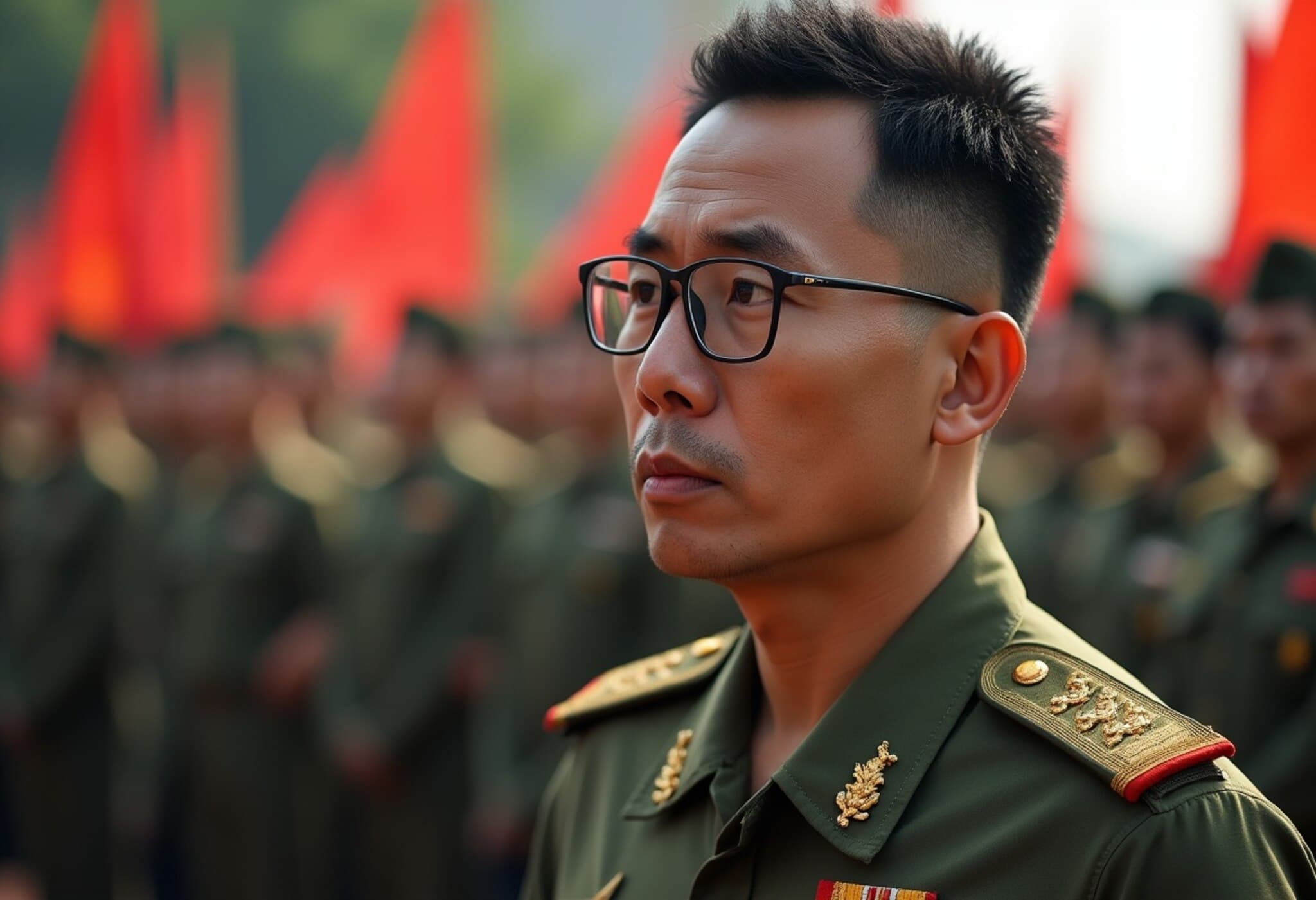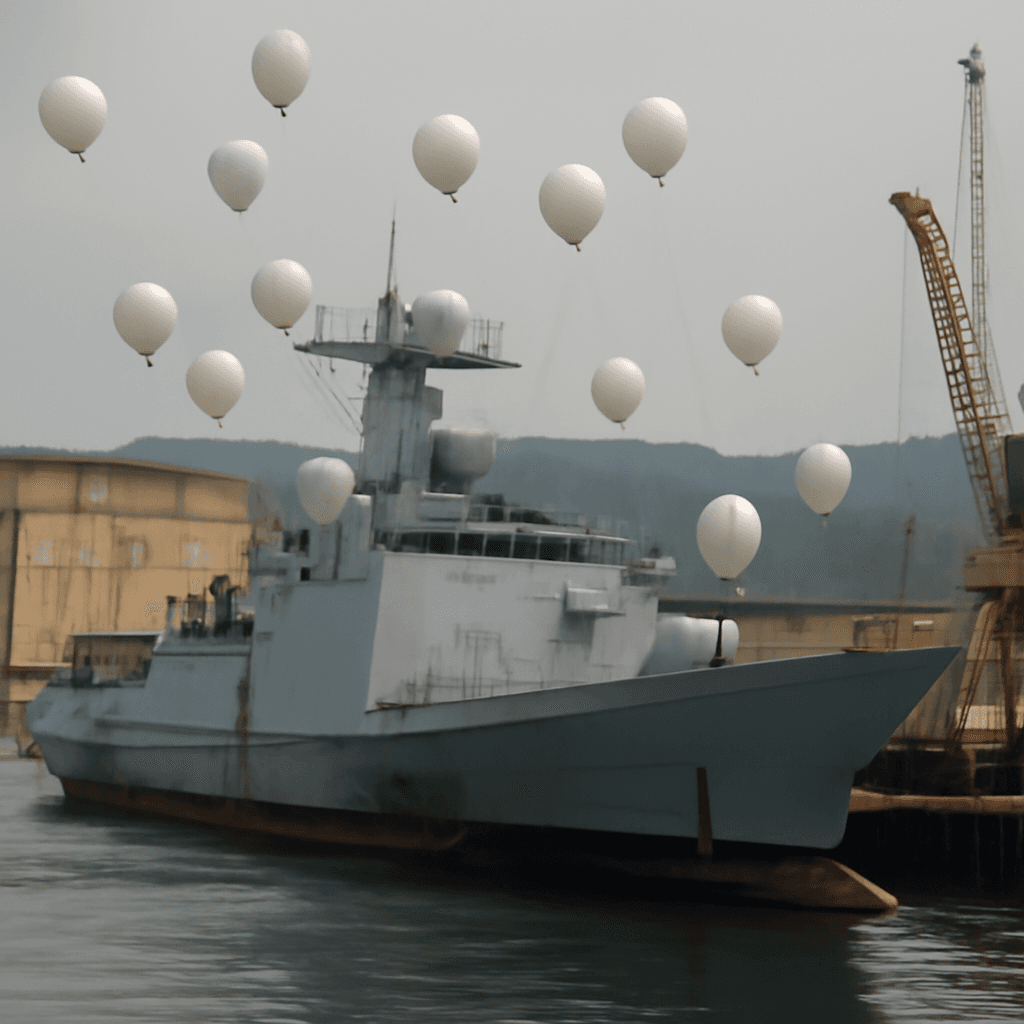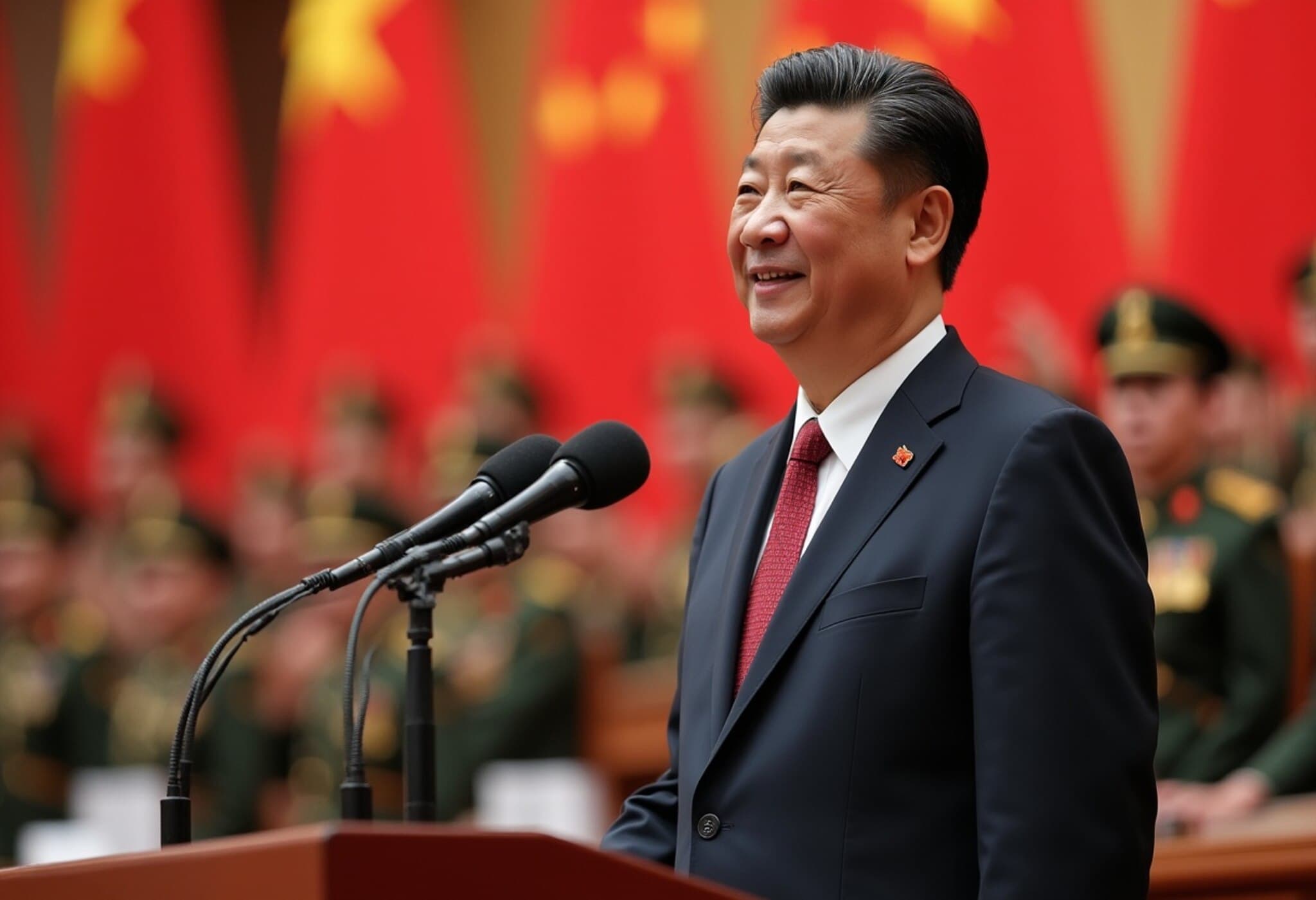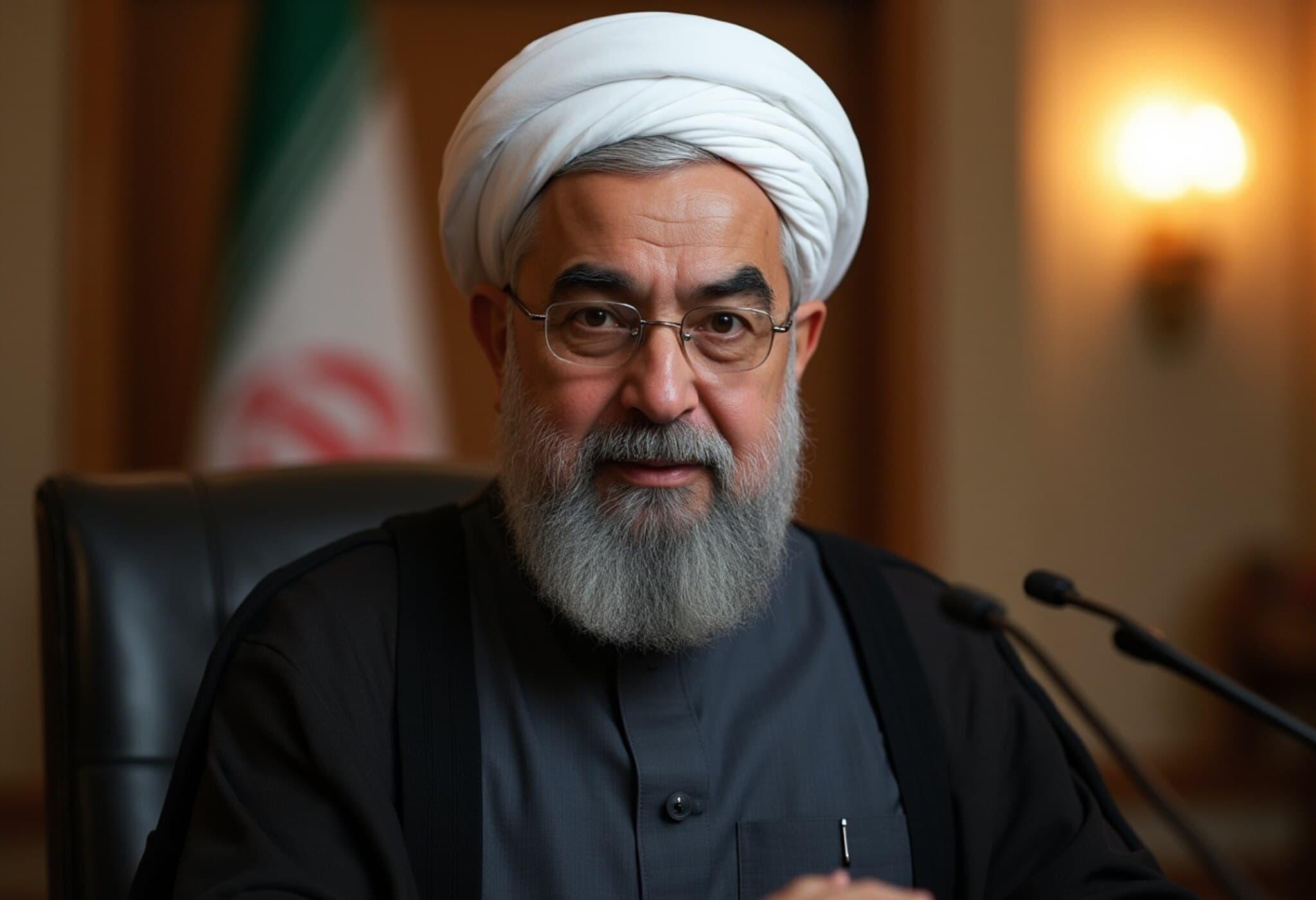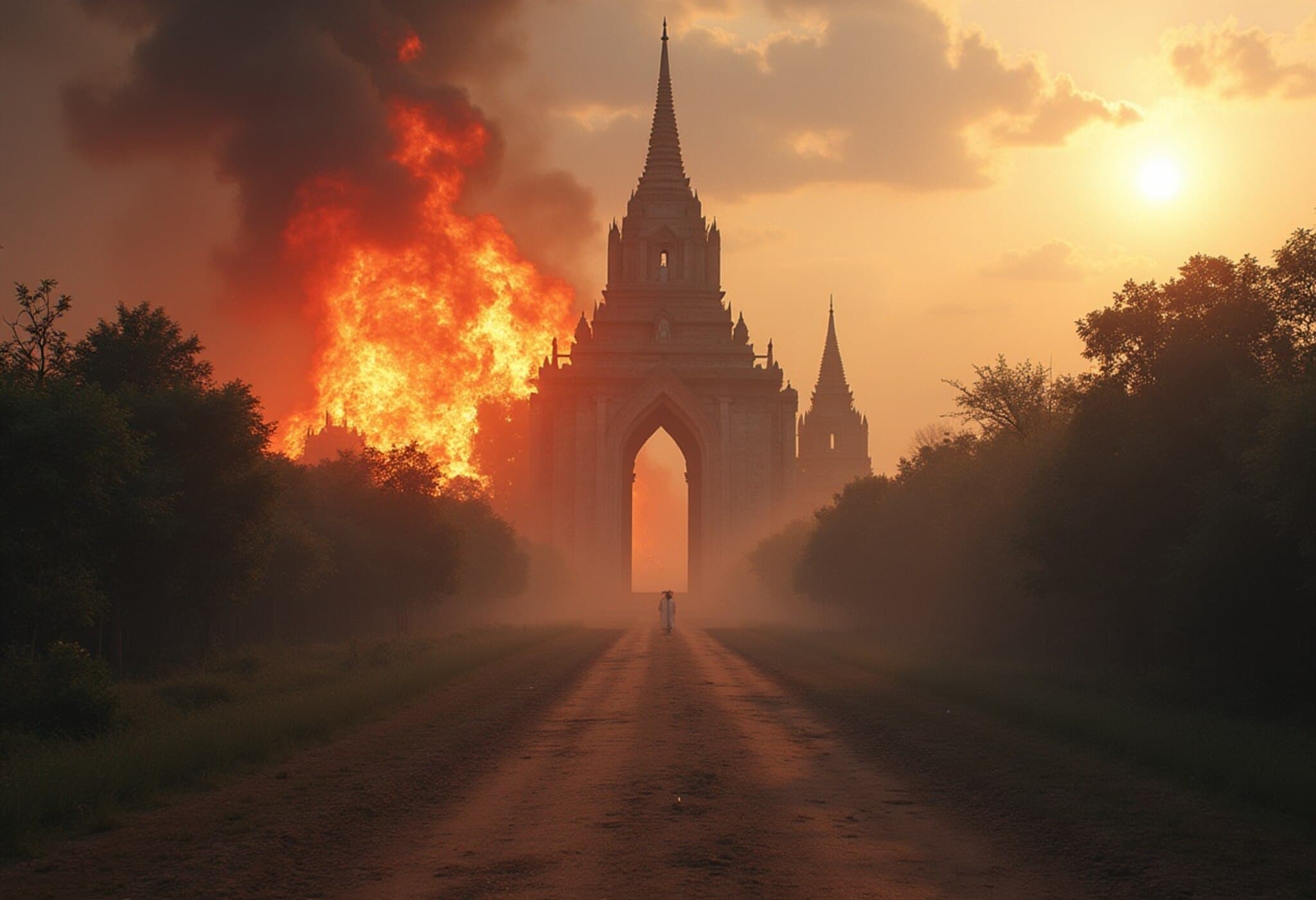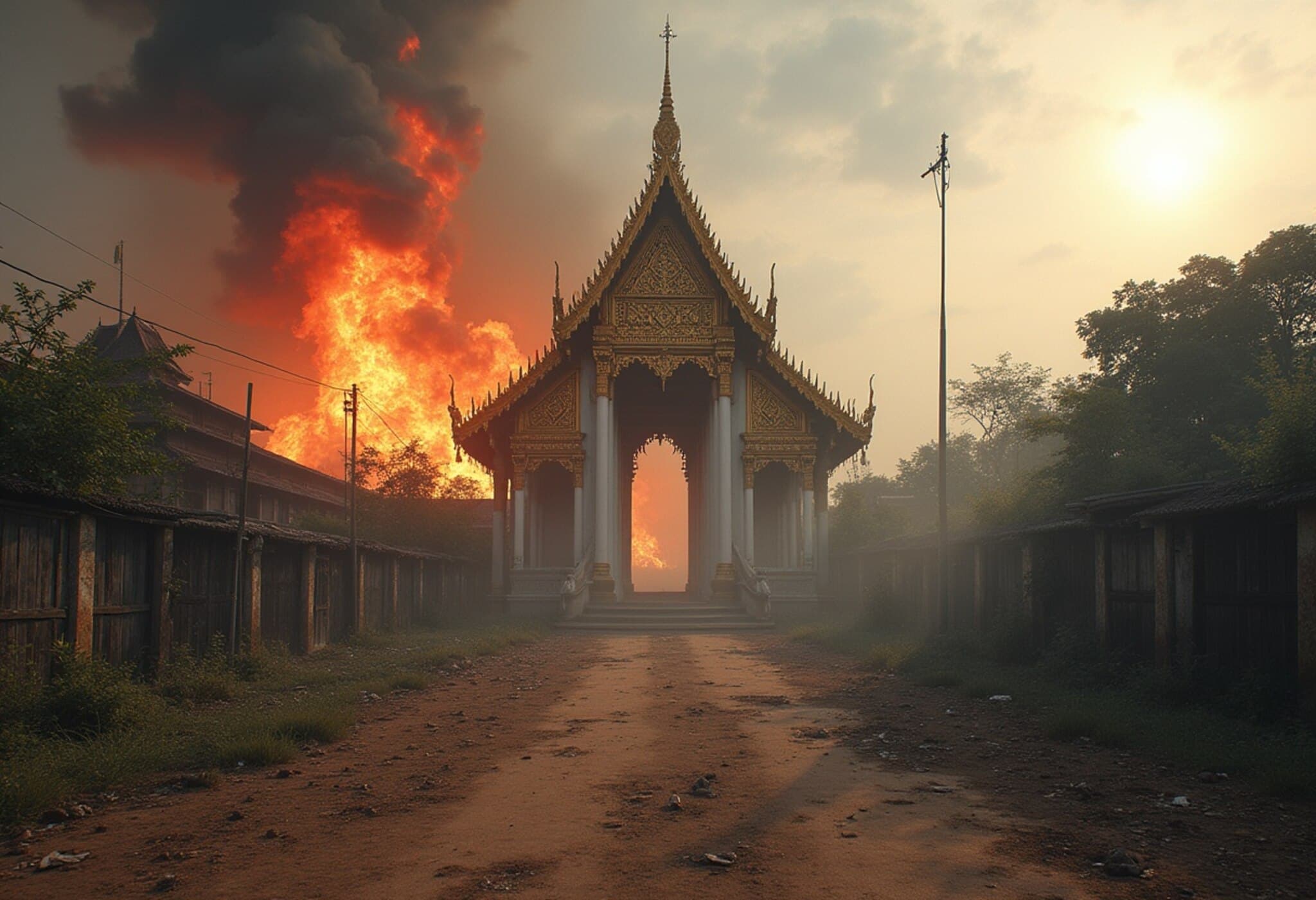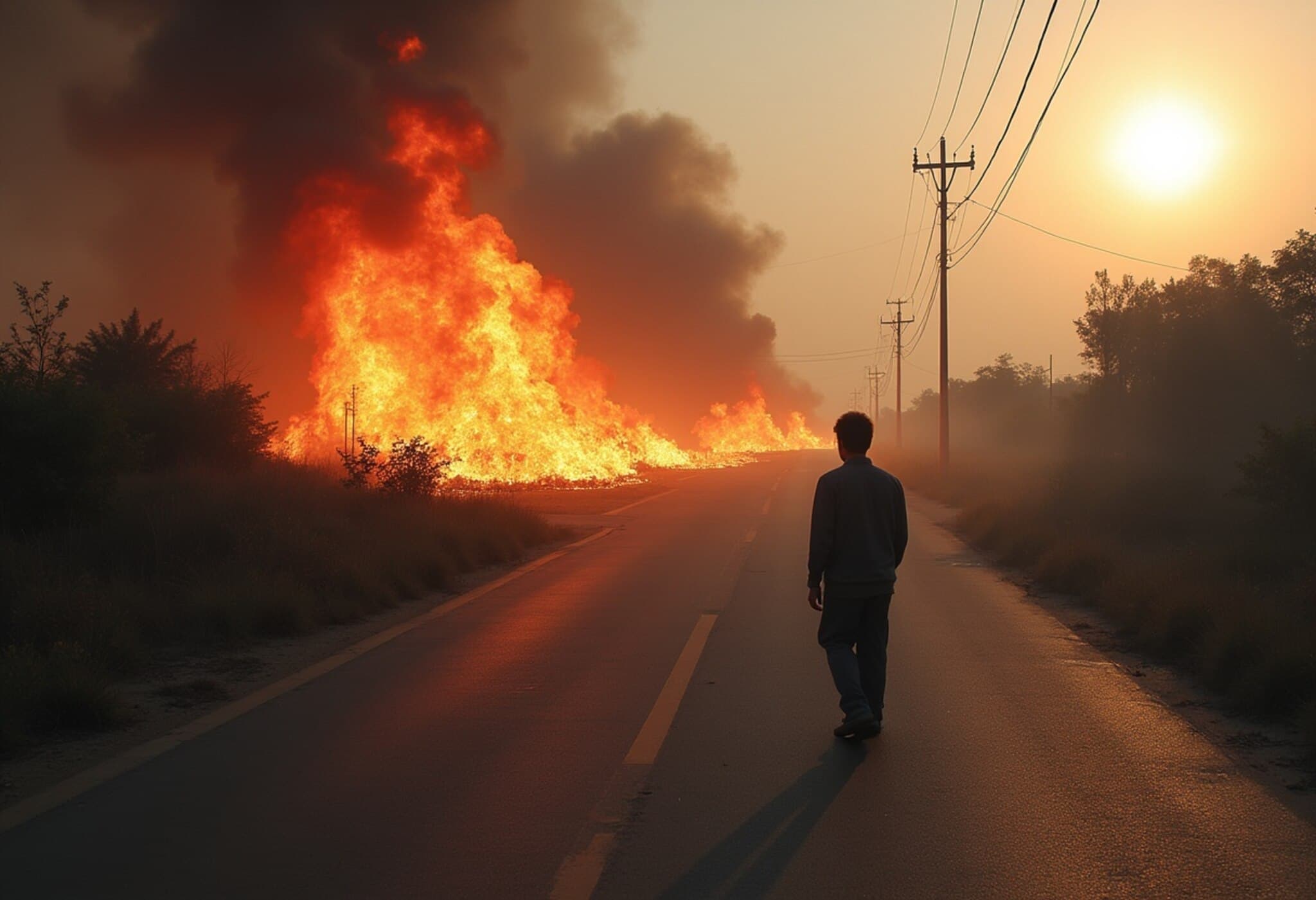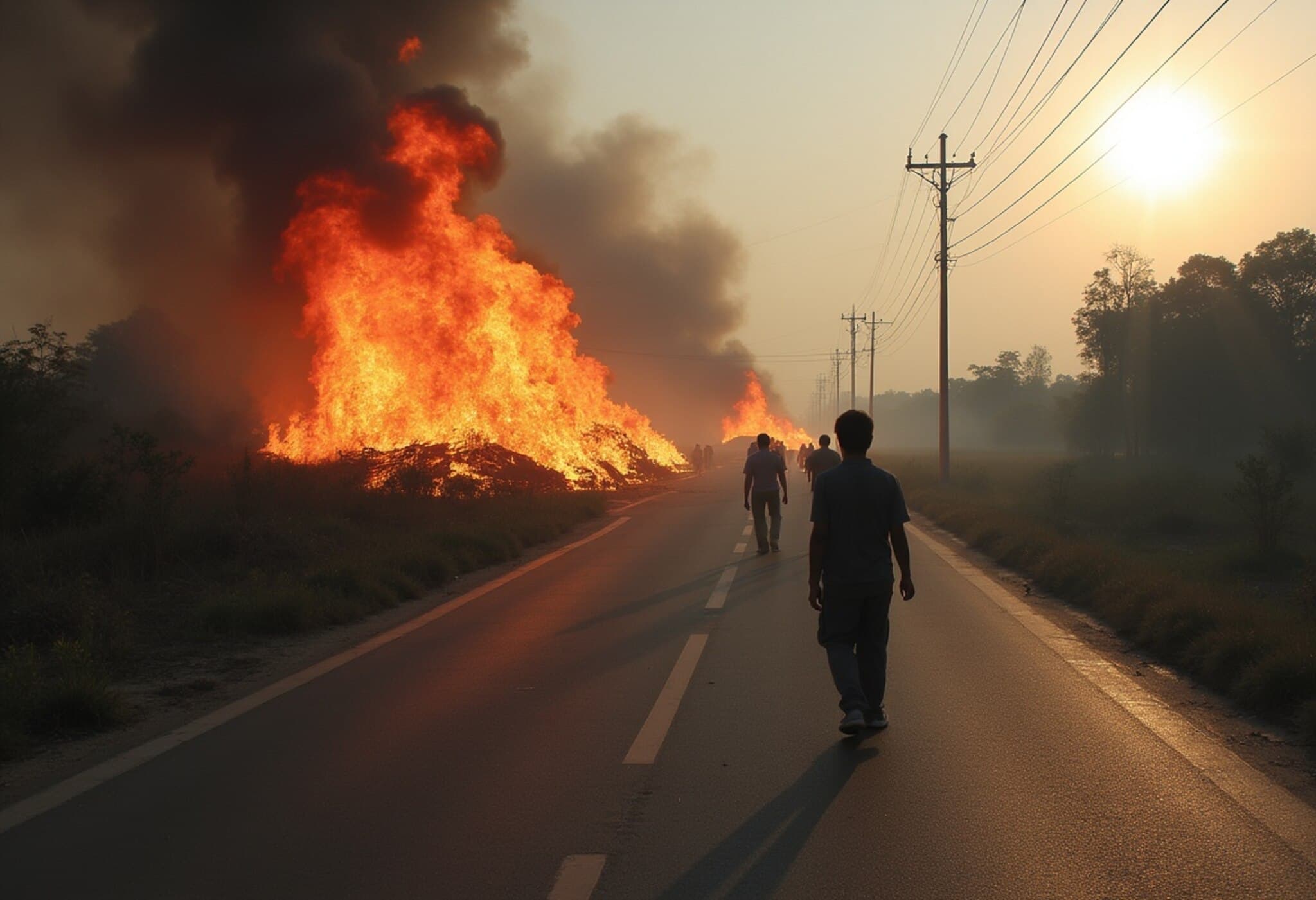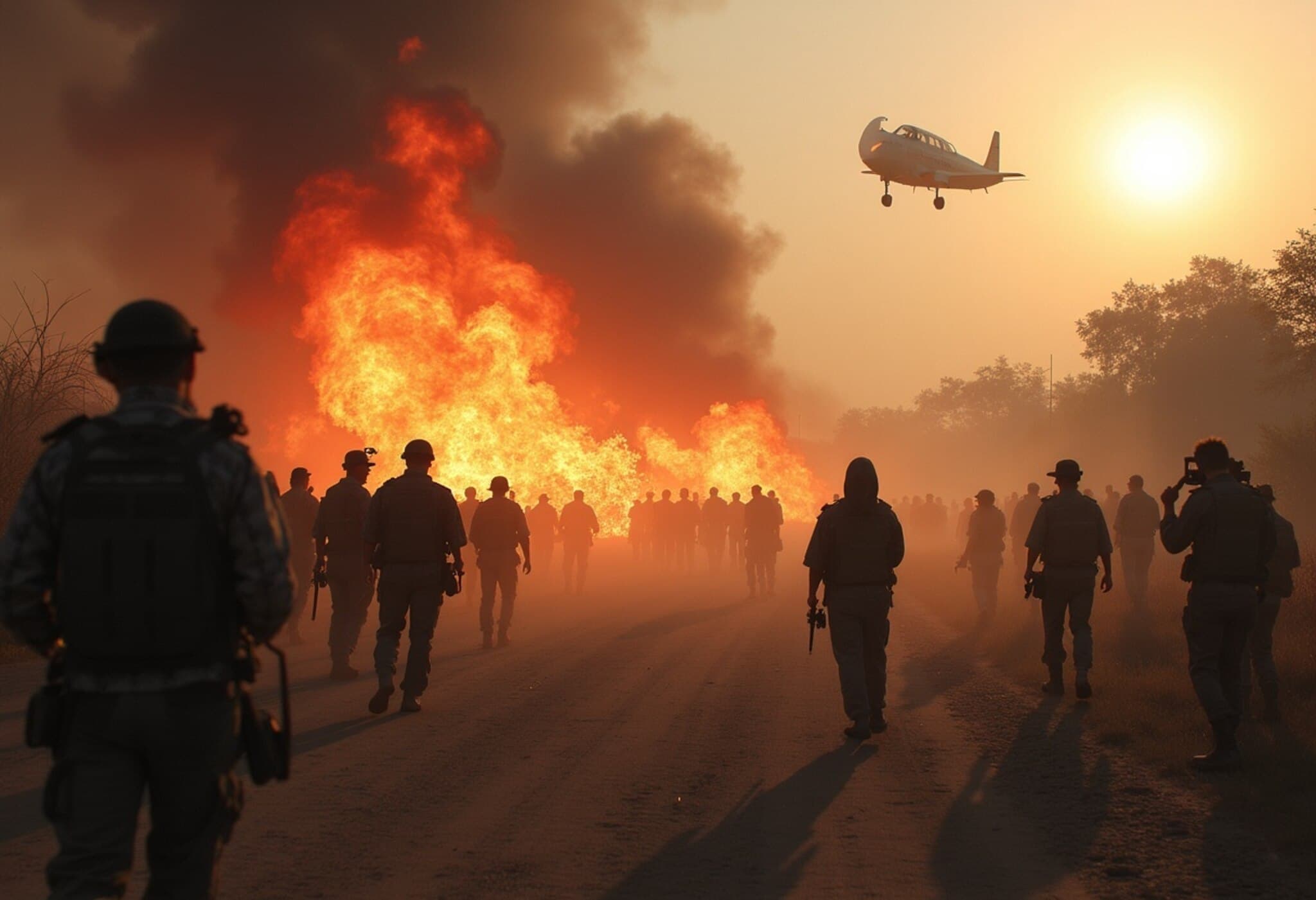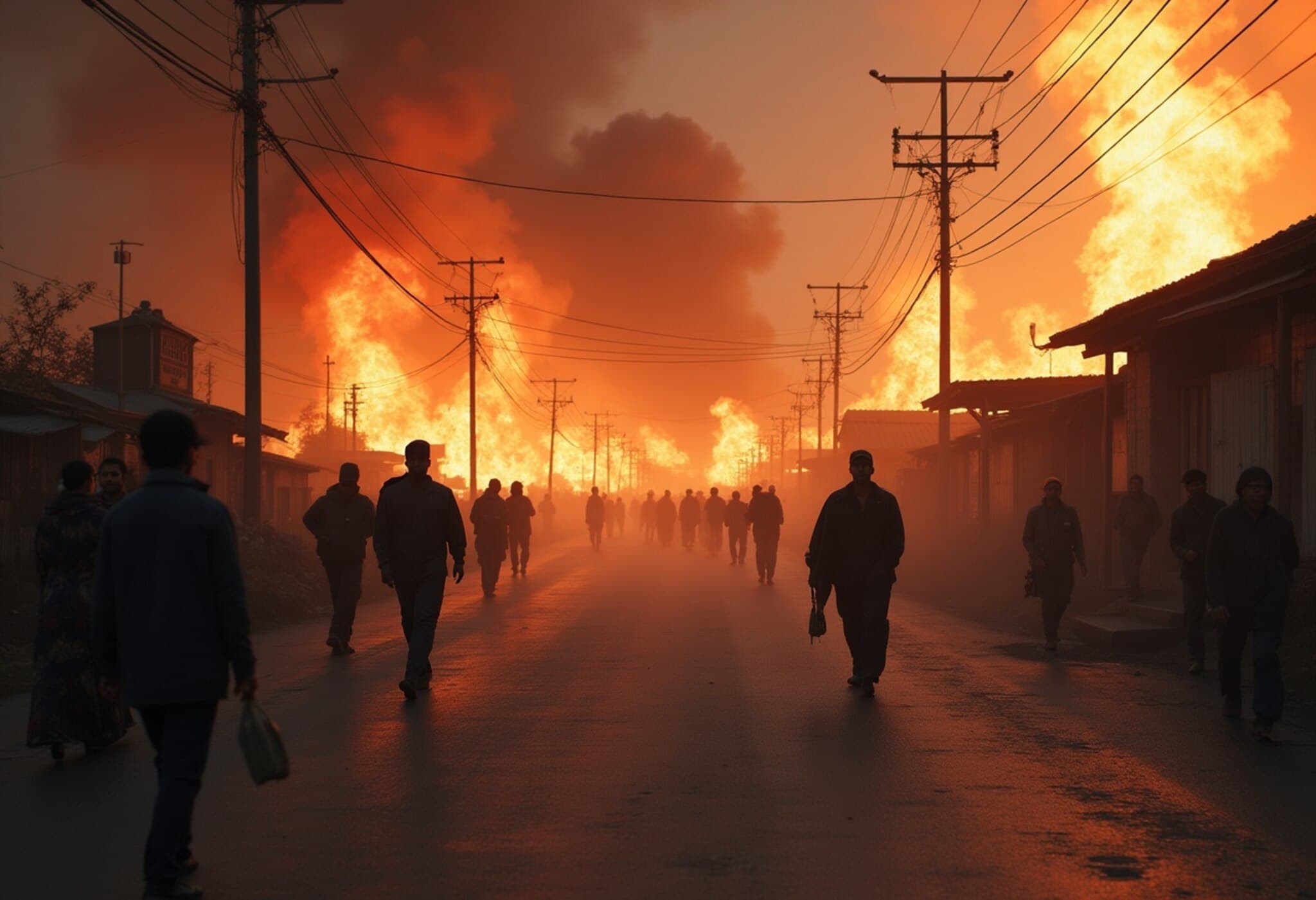Escalating Thailand-Cambodia Border Conflict Triggers Massive Displacement and Global Concern
The long-standing tensions between Thailand and Cambodia have dramatically intensified in recent days, marking the deadliest border flare-up in over ten years. This renewed violence stems from deeply rooted colonial-era territorial disputes, now reignited with the deployment of heavy artillery, fighter jets, and rocket systems across the contested 800-kilometer frontier. Civilians are bearing the brunt, with over 100,000 displaced and at least 14 fatalities reported, including students caught in rocket strikes.
Heaviest Fighting Since 2011
The conflict erupted violently last Thursday near sacred sites along the border, escalating rapidly as ground troops, tanks, and air power were mobilized. Both the Thai and Cambodian militaries accuse each other of unprovoked aggression, with Thailand condemning Cambodia’s use of sustained shelling and rocket bombardments, including a devastating strike on a petrol station in Sisaket province that killed 11 civilians and a soldier. Cambodia, in turn, claims its actions are defensive responses to Thai airspace violations and incursions.
Humanitarian Impact: Civilians Caught in Crossfire
Beyond the stark military exchange, the humanitarian crisis has surged to alarming levels. Thailand’s interior ministry confirms that evacuations have moved thousands into nearly 300 temporary shelters across four border provinces. Meanwhile, Cambodian villagers live in fear of sudden night bombardments, with many families, like that of Pro Bak near Samraong town, fleeing their homes. Hospitals, crucial to treating the injured, have themselves faced shelling, with one facility near Surin province partially evacuated following artillery strikes.
Key Developments Shaping the Crisis
- US Embassy’s Response: Washington has expressed grave concerns about civilian casualties, urging both nations to immediately cease hostilities and protect non-combatants.
- Cambodia’s Combat Readiness: Former Prime Minister Hun Sen warned of full military preparedness and potential retaliation against Thai incursions.
- Diplomatic Fallout: A landmine explosion injuring five Thai soldiers precipitated diplomatic expulsions and the downgrading of bilateral ties.
- United Nations Intervention: At Cambodia’s request, the UN Security Council will convene an emergency session, highlighting rising international alarm.
- Political Turmoil in Thailand: Amid the crisis, Prime Minister Paetongtarn Shinawatra faces suspension amid allegations of undermining military authority, underscoring the internal fragility complicating resolution efforts.
Contextualizing the Conflict: Colonial Borders and Regional Stability
The root of this border dispute lies in the arbitrary boundaries imposed during French colonial rule in Indochina, with judicial rulings by the International Court of Justice (ICJ) in 1962 and 2013 favoring Cambodia's claim over key territories such as the Preah Vihear temple. However, Thailand contests these rulings, fostering intermittent clashes that resonate today with heightened nationalism and military posturing from both sides.
Expert Insight: The Risk of Prolonged Instability
This conflict not only threatens to exacerbate bilateral tensions between two ASEAN neighbors but also poses broader risks for Southeast Asian security. Analysts caution that persistent fighting, coupled with political instability within Thailand, complicates diplomatic negotiations. The use of heavy weaponry in civilian zones raises grave concerns over violations of international humanitarian law, with accusations of war crimes already surfacing. The challenge for regional powers and international actors lies in mediating a ceasefire that safeguards civilian lives and lays groundwork for a durable peace accord.
International Voices Calling for De-escalation
Global stakeholders including the United States, China, the European Union, and France have collectively called for an immediate halt to fighting and a return to dialogue, emphasizing respect for international law and the protection of human rights. Despite these appeals, hardened nationalistic rhetoric and military readiness on both sides have stalled substantive diplomatic progress.
Looking Ahead: What’s Next for Thailand and Cambodia?
The path forward remains uncertain. With competing narratives, deep-seated historical grievances, and fragile governments under pressure, the border conflict risks becoming a protracted and destabilizing chapter in regional affairs. Observers stress the urgent need for confidence-building measures, transparent communication channels, and reinvigorated multilateral mediation to prevent further bloodshed and displacement.
Summary
As the Thailand-Cambodia border conflict escalates with devastating human cost, international actors watch closely, urging urgent diplomacy. The longstanding colonial legacies fueling this dispute underscore the complexities of national sovereignty, regional stability, and the imperative to protect vulnerable civilians caught in the crossfire.
Editor’s Note
This escalating conflict reshapes Southeast Asia's geopolitical landscape, testing the resilience of established treaties and international law. Readers should ask: How will domestic politics in Thailand influence peace prospects? Can ASEAN’s diplomatic frameworks rise to the challenge? And importantly, what mechanisms exist to ensure humanitarian access and accountability amid burgeoning accusations of war crimes? These questions remain central to understanding and resolving one of the region’s most perilous flashpoints.

